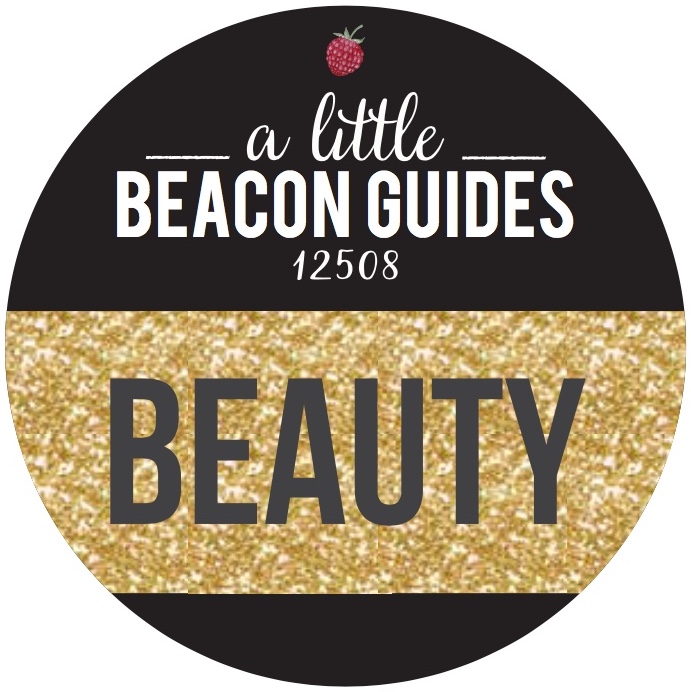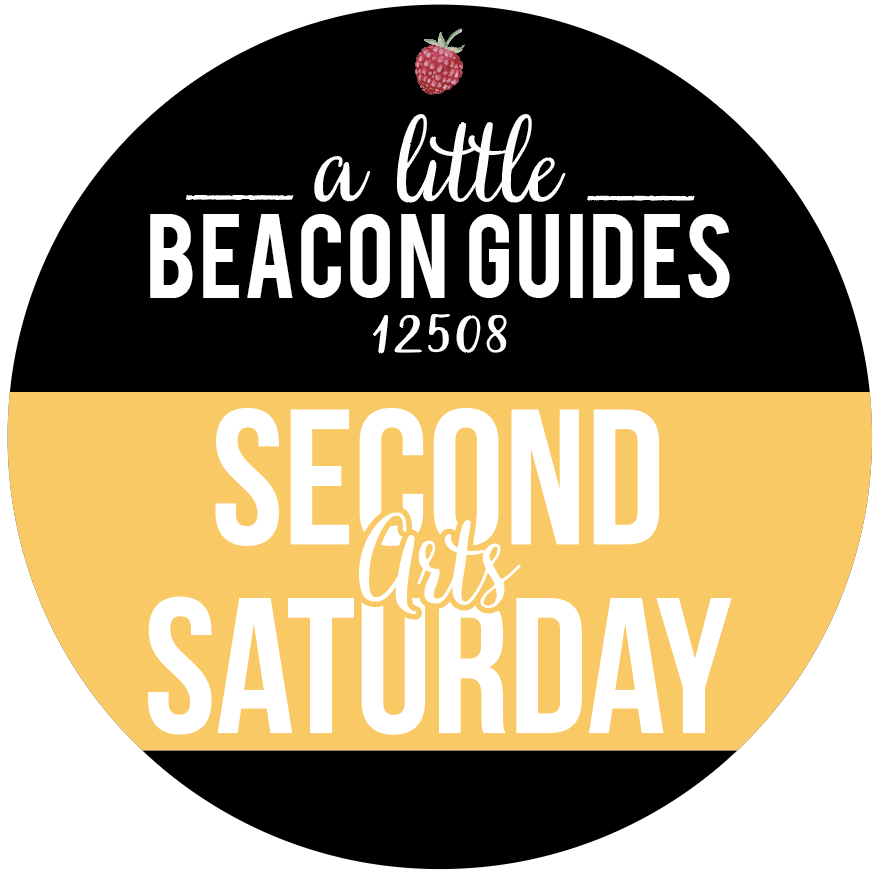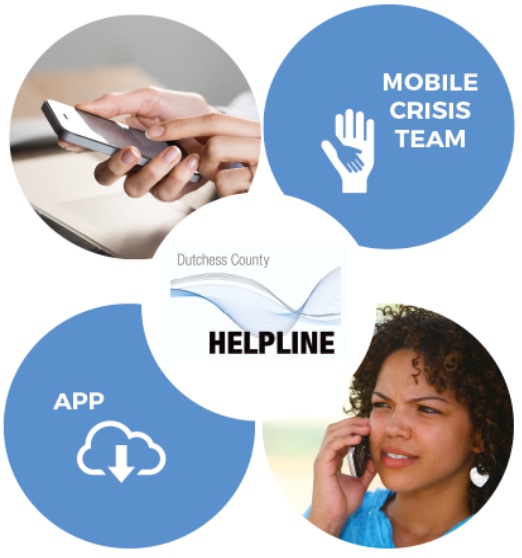NEW: Podcast Episode With Justice McCray, An Organizer With Beacon4Black Lives
/As a person living in Beacon, I have been following Justice McCray digitally for many years. I first knew Justice as an employee of the Howland Public Library, and could count on his bright and friendly outfits to identify himself in the isles of books for anyone in need of a reading recommendation or to know how programming at the library worked.
Early days of Beacon4Black Lives in the summer of 2020, after an open mic session at Memorial Park.
At the time, Justice only wore yellow - or seemed to - and and like a flower, began to blossom in his Instagram with more visual expressions and art. Always quiet spoken, Justice’s imagery was powerful. Then one day the color purple seeped into his stream, and then Blackout Tuesday froze the world in black squares.
Blackout Tuesday was a social media based movement on June 2, 2020 by two Black women who are executives in the music industry to get everyone to stop and think for a minute in the new whirlwind that had become the Black Lives Matter Movement that started after George Floyd was killed during the day on a busy street by police in Minneapolis, MN.
Justice McCray (left) speaking beside Stefon Seward and supported by Ciarda Hall.
Blackout Tuesday was the day where the black boxes filled up Instagram boxes. It was originally designed to show support for Black lives, and create reflection. But the stream of black boxes caused silence, and Justice McCray grew scared. He took to his Instagram with a video, guiding people on what to do - why not to stay silent, and how to not block the hashtag.
He has been evolving quickly since that day. Many Black and Brown people were tired after that day, and emotionally couldn’t explain their pain or how they felt invisible any more times. Justice is one person who chose to keep speaking and educating, as a way to help. See this video, or this one, or the many photos with messages at @yellowswagger.
This is not Justice’s first evolution, but it is one that is deeply impacting Beacon and the surrounding areas in this human rights revolution. In late May, Beacon experienced its first protest with people walking down sidewalks on a Saturday with signs. A Black woman who saw it took out her phone to take a video, saying (with sincerity), “Awe, look at that. Beacon is having a protest. How cute!”
Justice McCray, protesting outside of Beacon’s Mayor Lee Kryiacou ’s house during a City Council Meeting presenting the 2021 budget, which has an increased police budget, which the City has explained by way of Excel sheet line items in the budget, specifically in the Contingency section where money for salary raises had been earmarked but not negotiated with the police union yet.
The following Monday, however, a much larger protest erupted, starting at the Chase Bank parking lot - an un-traditional place for a protest to take place in Beacon. Word had been circulating that a protest would happen, but no one know who was organizing it, or how it would go. Ciarda Hall, Stefon Seward and Xavier Mayo were young Beacon alums who kind of knew each other, but knew enough that they wanted to band together to bring the movement to Beacon.
Justice knew them in his own way from high school, and wanted to get more involved. Today, he is one of the leading voices, faces and thinkers for what became known as Beacon4Black Lives, a fluid group - both in gender and in organization - that is committed to breaking what is normal in order to discover something new. Fiercely creative, Beacon4Black Lives has led 20 protests so far, supported other organizers in other cities who are trying to make an impact when protesting for specific things, like jail reform, police reform, or in Beacon’s latest protest, breaking the line-items in an all powerful Excel spreadsheet of Beacon’s Police budget.
In one of his first speeches over the summer, Justice expressed: “I am tired of feeling alone.” He told fellow protesters that he had a conversation with an old college friend, and the conversation bothered him. The friend asked: "Why does it matter? I don't think that I could make a difference? What good is my voice going to do?" Justice told him: "If everybody thought that way, nothing would change. Nothing could happen."
Justice continued with this statement, which has become one of his mantras: “This system of oppression needs to end. But White supremacy won't die until white people see it as a white issue that they need to solve, rather than a Black issue that they need to empathize with. This starts with each and every one of us. We need to do what we can. We all have skills. We all have something to contribute.”
In this “Wait, What Is That?” podcast episode, Justice talks with co-hosts Brandon Lillard and Katie Hellmuth Martin (me) about the formation of this Beacon-based movement, where it is headed, why Justice doesn’t identify with any super hero, and why he loves capes.














































